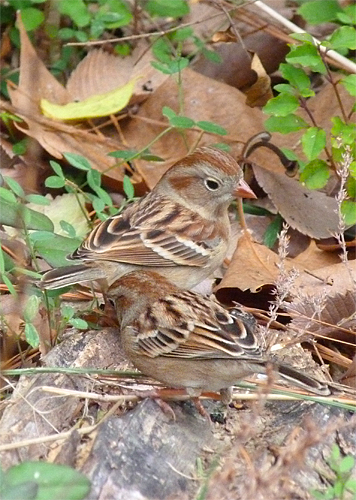
Besides the familiar American Robin and Eastern Bluebird, the Hermit Thrush is the only other thrush that you’re likely to encounter in our area during winter. If you have a desire to see a Hermit Thrush during this time of year it’s best to look in low lying areas and riparian woodlands. More importantly, your chances of finding one increase dramatically when there’s a supply of berries nearby. Although Hermit Thrushes eat mainly insects in summer, they switch over to fruit in winter. Still, they won’t turn up their noses, or bills, at a juicy beetle larva or butterfly in winter.
Hermit Thrushes spend the summer several states to the north of us, except along the Appalachians. In North Carolina they may be found above 5,000 feet in spruce-fir forests during the breeding season.
I can’t guarantee it, but you may be able to see one here at the Museum by walking the paths through the Dino Trail, Explore the Wild, or Catch the Wind. They’re definitely here, just can’t guarantee that you’ll see one.

Field Sparrows are common, year-round residents throughout North Carolina. Their preferred habitat is fallow or overgrown fields or edges. There’s not much habitat here at the Museum for Field Sparrows so I usually only see them during spring and fall as they move around in search of suitable terrain for foraging and or nesting. Field Sparrows feed on the ground taking insects and seeds.
Visit an overgrown field with plenty of tall herbaceous growth (tall grasses, etc.) during spring and listen to this sparrow’s rolling trill of a song, it’s one of my favorites.